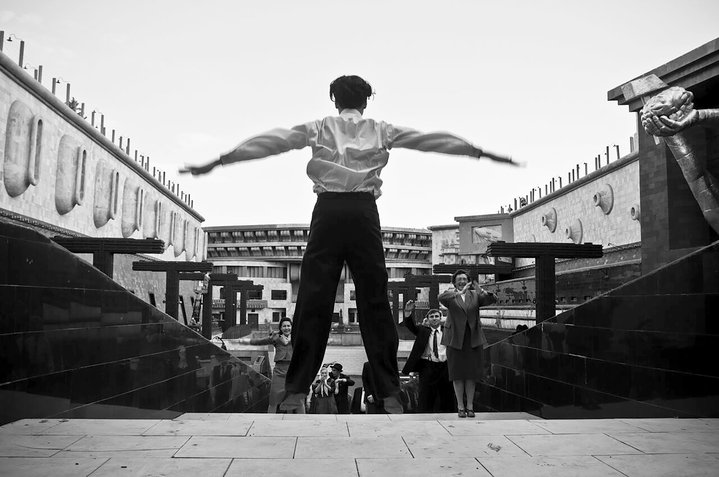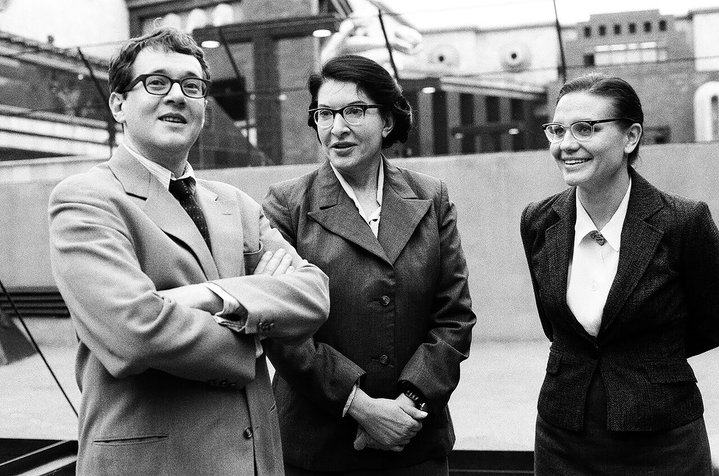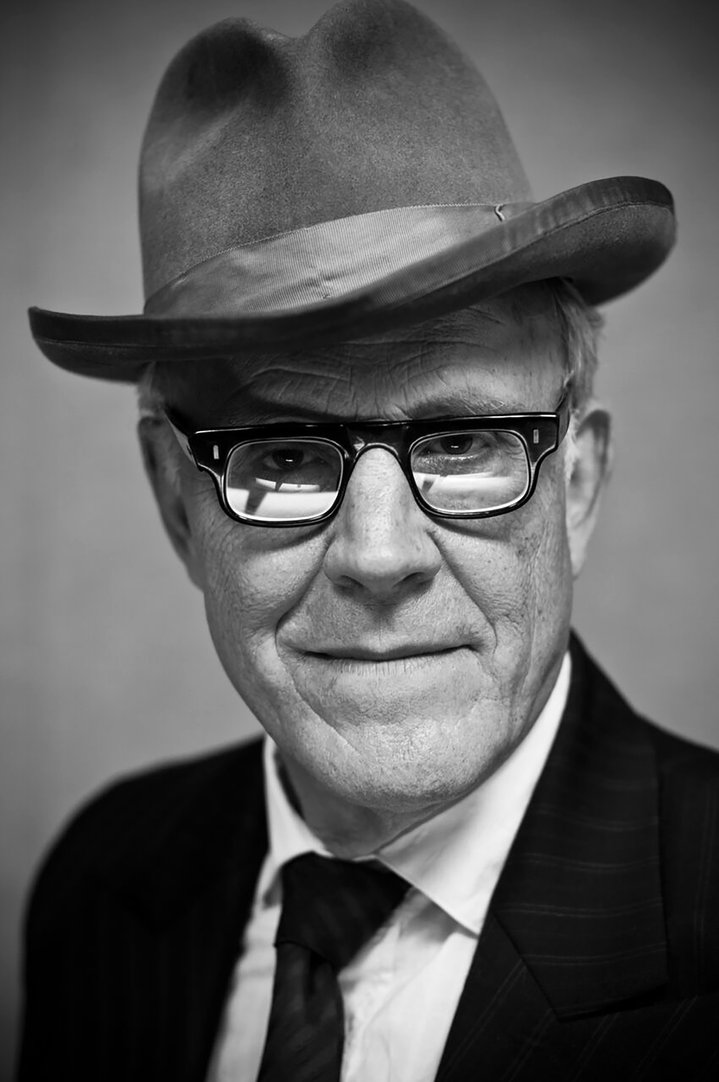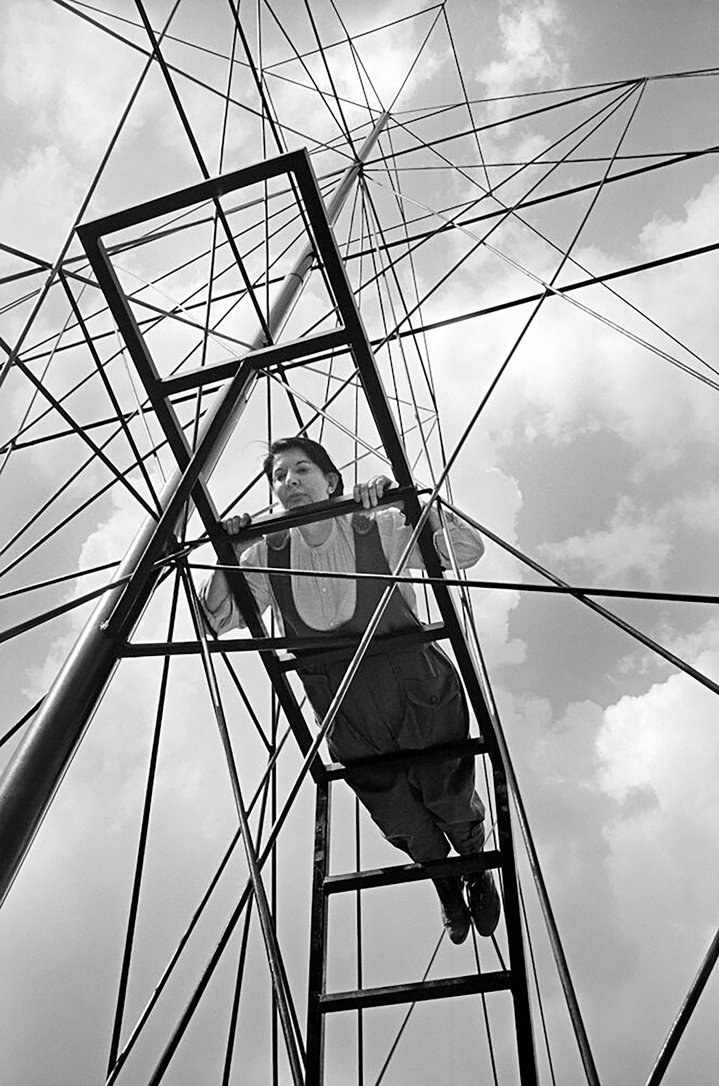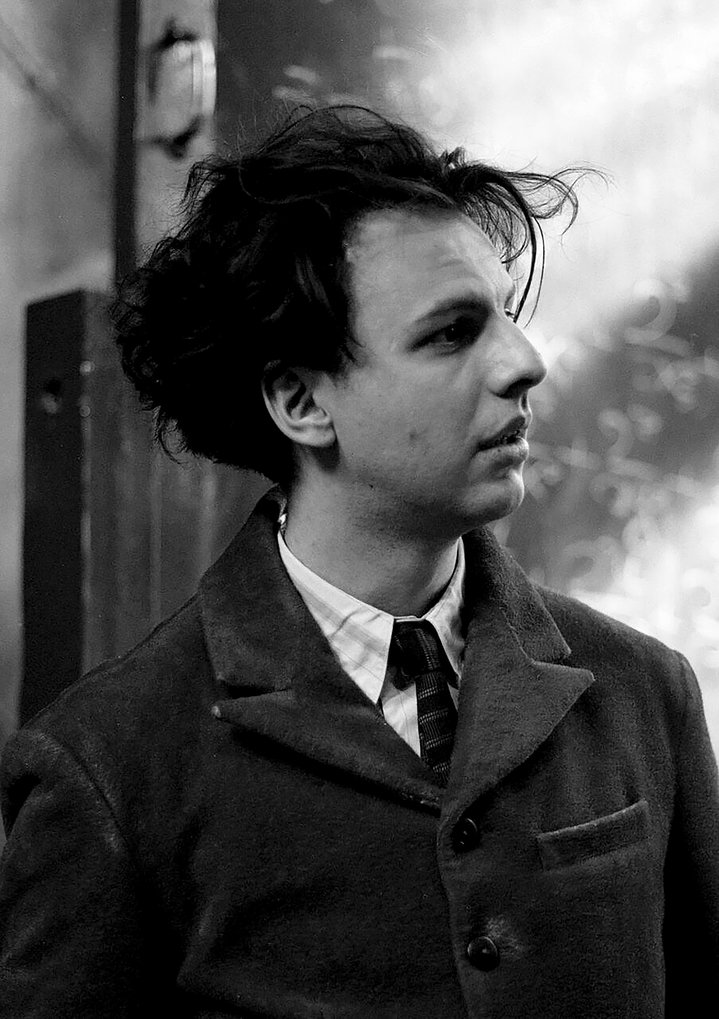DAU. Institutional memory
By the time you read this, the first public installment of DAU will have already closed its doors. Ilya Khrzhanovsky’s epic about Nobel Prize-winning physicist and philanderer Lev Landau occupied Paris for less than a month, bringing a scaled-down offshoot of his Soviet revival dystopia to the Theatre du Châtelet, Theatre de la Ville, and the most remote corner of the Centre Pompidou.
There’s no sense, then, in our convincing you to book last-minute tickets to Paris, fill out a “psychometric questionnaire,” and trade a day in the City of Light for an indeterminate number of years in dark, grey Kharkov. The rest of the mediasphere has taken care of that: if you want hot takes from seasoned theater veterans, Paris Match is your source, while The Guardian will give you a crash course in the production’s pre-history if you’re not in a rush. The most we can add is this: DAU is a manifesto: not about art, science, or the Soviet Union, but about what humans are capable of doing to themselves and each other, to which there is not simply an audience, but witnesses, participants, and even victims.
The simplest way to describe DAU the film is with a series of figures: 400 actors, thousands of extras, 700 hours of material, nearly 3 years of filming, 30 years of on-screen “time,” and 13 final films. The rotating thousands of costumes, props, and traumatized production assistants attest to Khrzhanovsky’s boundless ambitions, for whom DAU is only the second feature-length film of his career. The real Lev Landau was larger than life: the legendary scientist’s advances in theoretical physics were enough to earn him a Nobel Prize and save him from execution by the NKVD, while his legendary polyamorous habits served as fodder for his wife’s scandalous memoir, “How We Lived.” That book is what purportedly inspired Khrzhanovsky to begin work on the film. If one reads between the lines, DAU is a recreation of life both in the thrall of and under the threat of a Great Man, growing into a microcosm of life in a Great Country with Great Goals — all accompanied, of course, by Grave Stakes for all those standing in their way.
DAU begs comparison to an immersive promenade theater production. The reality could not have been further from the truth.
The production’s opening was severely delayed: while organizers tentatively agreed on the usage of the still-closed Théâtres de la Ville and du Châtelet with the Paris prefecture, a series of safety violations delayed the opening of the former by a day and the latter by more than a week. Inside the theatres, still in the midst of a three-year-long facelift, an air of “temporary construction” prevails, fittingly reminiscent of a film set's backlot. The “border control” and storage lockers are clearly temporary, while set dressing ranges from portable confessionals and screening booths to the slapdash: one main screening room, entitled "FUTURE" (originally the Theatre de la Ville’s main stage), was stripped to bare concrete steps, with only foam blocks for seats and heaters that nearly drowned out the films' audio. DAU begs comparison to an immersive promenade theater production, and audiences were indeed led to expect as much: much-ballyhooed "DAU-phones" promised to guide each visitor on a path determined by the answers each individual provided to the questionnaire. The reality could not have been further from the truth: though there were opportunities for one-on-one interactions and yes, a round-the-clock bar stocked with vodka and surprisingly good borsch, there was a refreshing lack of plastic masks and handholding. Personal interactions with actors were replaced by gruff French security guards slamming doors and bewildered stage managers, all doing their best at crowd control on a six-story construction site in which we had all willingly locked ourselves for the better part of a day. Audiences were isolated, not immersed, and left to fend for themselves.
The combination of chaos and miscommunication resulted in a great deal of waiting, leading to many a Soviet Russia joke in the French press. These queues, however, proved essential to the experience of DAU the event, and leveraged the audience itself to achieve a change in mindset like in the Institute itself. One experience in particular stands out. Toward dinnertime, I decided to wander into “COMMUNISM,” a communal apartment built from dressing rooms. Having passed the kitchen, several bedrooms, and a parlour concert with an Altaian throat singer, I found myself at the end of a 12-person deep line. The running story was that we were waiting to speak with shamans, all of whom had flown in from Russia’s Altai valleys for the show, but no staffer was around to confirm. In joining the line and consciously foregoing other experiences for an unclear amount of time, I became a fly on the wall for one of the evening’s most fascinating spectacles. These preened and proper French theater-goers slowly began to fight over their places in line, the existence of a “list,” the appearance of a second shaman, and the staff’s perceived incompetence like a gaggle of babushkas fighting over the last sausage in the market. And just like in the market, they began to police themselves. Khrzhanovsky’s hypothesis was proven: all a person needs to become a cog in the social machine is the right set of conditions. If that effect could be achieved in a matter of hours in downtown Paris, there’s no telling what he pushed people to in Kharkov. This relationship to time was complicated by DAU’s “visa regime,” where different ticket tiers provided for durations of stay. Those “tourists” with 6-hour visas frantically ran from floor to floor, leaving films at first sign of a pause to make it to their next “experience.” Meanwhile, the 24-hour “residents” — myself included — found quiet desperation in their long-term commitment, assured that they had plenty of time but increasingly uncertain about what to do with it. The ‘round-the-clock “citizens” were most at home of all, mingling with the staff as though with old friends and lounging in the Soviet interiors like their own homes.
These preened and proper French theater-goers slowly began to fight over their places in line like a gaggle of babushkas fighting over the last sausage in the market.
It would be wrong to go without any discussion of DAU’s 13 feature-length films. After all, they are evidence of the sacrifices endured in Kharkov, and will likely join the dubious pantheon of cinematic crucibles alongside “The Shining” and “Apocalypse Now.” Moreover, as critic Yury Saprykin quipped, all that remains of Landau himself in the resulting film are the last three letters of his name. Historicity was sacrificed in the name of visual impact, and the boundaries between documented reality and cinematic invention are blurred at best. However, by all appearances, Khrzhanovsky’s biographical beginnings yielded to other ambitions as his Institute took on a life of its own. It doesn’t matter that Dau has an inexplicable Greek accent, as performed by conductor Teodor Currentzis; the magnetism that the genius exudes is palpable. Jurgen Jurges’ cinematic eye turns every long walk into a triumphal procession, while the gratuitous sex, violence, and totalitarian manipulations become as commonplace as borsch in the canteen. The key to experiencing DAU is not in ticking the boxes, and the essence of the films is not in the gay gardeners, Currentzis’ Greek lover, the brutal interrogations, or the slaughter of the pig. The success of Khrzhanovsky’s mind control experiment leaves by far the most overwhelming impression, especially in the case of his most unlikely heroes. Especially among the non-professional actors, the greatest shock came from the calm equanimity with which they treated real, raw cruelty. Much like in Landau’s own lifetime, the film’s KGB thugs could conduct an interrogation or watch experiments on human infants with the same facial expression as when they shuffle papers on their desks, and the films’ most brutal moments are accompanied by the exact same cello drones as mopping floors and watering plants. Even in Paris, no amount of staring tourists could shake the costumed actors from their given circumstances. A technical analysis is best left to the film critics; for us, Khrzhanovsky first created a fictional reality, complete with experimental conditions, and filmed a documentary of the process. As audiences, we are only the latest in a series of test subjects.
The success of Khrzhanovsky’s mind control only becomes apparent as you try to leave it behind. On the way to DAU’s third and final installation, in the furthest corner of the Centre Pompidou’s main gallery, the Pompidou’s pristine white walls seem ripped straight from the Institute, and Erik Bulatov’s “Entry/No Entry” hanging opposite is just another absurd poster hung up within it. As you gaze through round windows at live actors, living “on set,” you feel compelled to try the door and rejoin the cozy, enclosed fishbowl that you only just left behind. After a 7 hour flight, 4 hours of sleep, 16 hours inside, 3 bowls of borsch, 9 films, and one shaman, DAU’s dingy walls had taken on a strange comfort, and the vast uncertainty outside of them was so daunting as to be terrifying. DAU is not an attraction to be visited casually. It is a continuation of its creator’s study of the human race, which any self-motivated researchers are free to join as subjects themselves.






